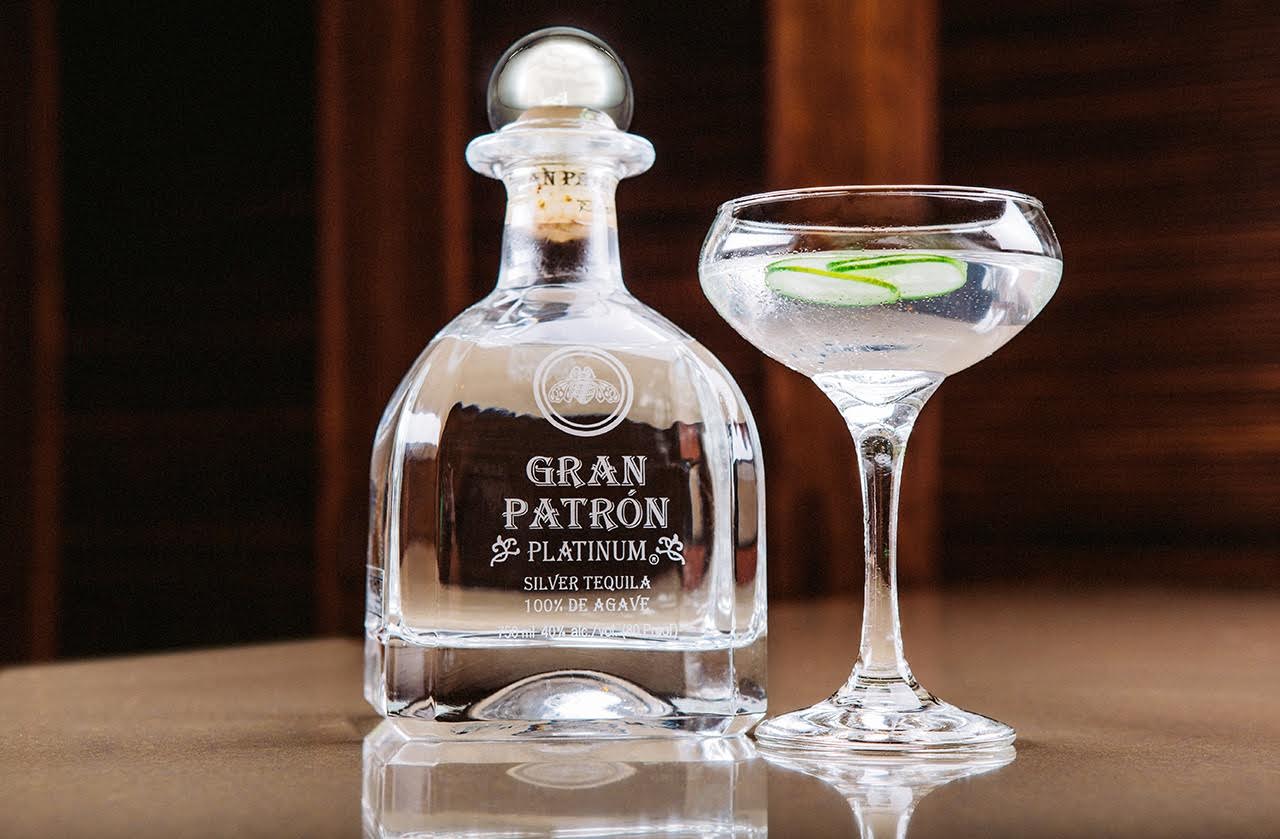The Definitive Guide to Tequila Reviews
Table of ContentsTequila Reviews Things To Know Before You Get ThisTequila Reviews for DummiesRumored Buzz on Tequila Reviews8 Simple Techniques For Tequila ReviewsTequila Reviews Things To Know Before You BuyTequila Reviews Fundamentals Explained
Jalapeno + tequila = one spicy mixed drink. Keeping watermelon in the fridge freezer whatsoever times could be needed after tasting this watermelon slushie.The tequila procedure starts in the agave areas when the plants are picked to be cut as well as taken to the factories for change. Later on in the manufacturing facility, the processes of Grinding, cooking, fermentation, purification, maturation, purification, dilution, and product packaging adhere to. Discover the tequila production procedure from the planting of the agave to the product packaging detailed.
Small agave made use of in Baja California for the local drink. The only agave allowed for use in tequila, as well as only when expanded in defined areas according to the normas - tequila reviews.
Tequila Reviews Fundamentals Explained
Spirit or liquor, generally made from walking cane sugars. The wonderful sap drawn out from the pia (heart) of the agave plant. It is fermented for several days as well as then distilled to make tequila as well as mezcal, or fermented alone to make pulque. Aguamiel is offered as a regional beverage in the states of Zacatecas, San Luis Potosi, Hidalgo (where sellers normally include chile).
/LIQUORS-v2-10-best-cheap-tequilas-5097233-final-c2c5b61ac9a34b37a7e32a172ebe7267.jpg)
Mezcal may only be distilled once. After purification, the alcohol is filtered. Direccion General de Normas (tequila reviews). Prior to 1978, the term DGN was utilized to identify tequila made under the government policies, but this term isn't made use of anymore, other than on some mixto tequilas bottled in the U.S.A.. The NOM number now suggested a manufacturer's conformity with Mexican regulations.
Indicators on Tequila Reviews You Need To Know
It is often placed in bottles of mezcal, yet never ever in tequila. There are 2 sort of worms: gusano de oro (gold) as well as the more prized gusano rojo (red). Called gusano de maguey. Made in Mexico. Should be on all labels of 100% tequila. Central heating boiler. Shoot or "dog." Young agave plant that expands from the base of the plant.
A conventional stove utilized to check these guys out cook the agave pias. Fibre removed from the agave leaves to generate textiles, cords and paper.
/LIQUORS-v2-10-best-cheap-tequilas-5097233-final-c2c5b61ac9a34b37a7e32a172ebe7267.jpg)
The Single Strategy To Use For Tequila Reviews
Agave plant prepared for desquiote. Maguey cultivators or farmers as a whole are recognized as maguyeros or as agaveros. Lengthy or large hand: big agave, generally grown in the highlands. Their leaves stand more set up and the shade is greener."Child of the Maguey." This principal of the Tecuexes people in the highlands of Jalisco led his tribe into a partnership with the Spanish colonizers.
The word is also connected to the five fingers of the hand, because of its resemblance between the form of a human hand and the maguey plant. A worldwide popular alcoholic drink made with tequila, lime juice, and orange liqueur. Its origin has actually never ever been definitively proven, however it was designed at some point in between 1930 as well as 1950, possibly in Mexico.
Conventional, solid drink made with pulque, corn, more tips here banana and also unrefined brownish sugar. The surface that remains in between rows of agave plants, made use of to cultivate corn and beans when the agaves are still tiny.
Tequila Reviews Fundamentals Explained
Mixed: tequilas made with only 51% agave sugars (minimum). If the label does not say "100% de agave," or "cien de cientos de agave," after that the product is a mixto tequila.
See 100% agave. Grinding equipment to mill the prepared agaves right into pulp. Stone grinding wheel utilized to crush agave made use of in making mezcal. See likewise tahona. Distillery workers accountable of the tahona and grinding-mashing process. Must. The juices (aguamiel) and also solids of the agave after the grinding stage. This will be fermented to generate alcohol.
Every distillery obtains a NOM recognition number to reveal they adhere to the regulations and also requirements regulating tequila manufacturing. Look for this mark on the label visite site to make sure the tequila meets these requirements.
All About Tequila Reviews
Usually 12015 feet in diameter as well as 6-8 feet deep. Mezcal producer. Called after the pit, or palenque, in which the agave is prepared. Dove: an invasion that rusts the leaves (pencas) of the maguey. The spiky, thick leaves of the agave. Pearl or conch. A bubble that continues to be on the surface area of the tequila after offering it or stirring it, stated to denote a great tequila.
Brownish sugar cones made use of when making mixto tequilas to speed up fermentation to be able to use immature as well as less plants. Literally pineapple. The spheric centre of the agave containing the sugars as well as starches made use of for the manufacturing of tequila. The pia is prepared and mashed. This releases the juices (aguamiel) for fermentation and also later purification The facility appears like a pineapple.
